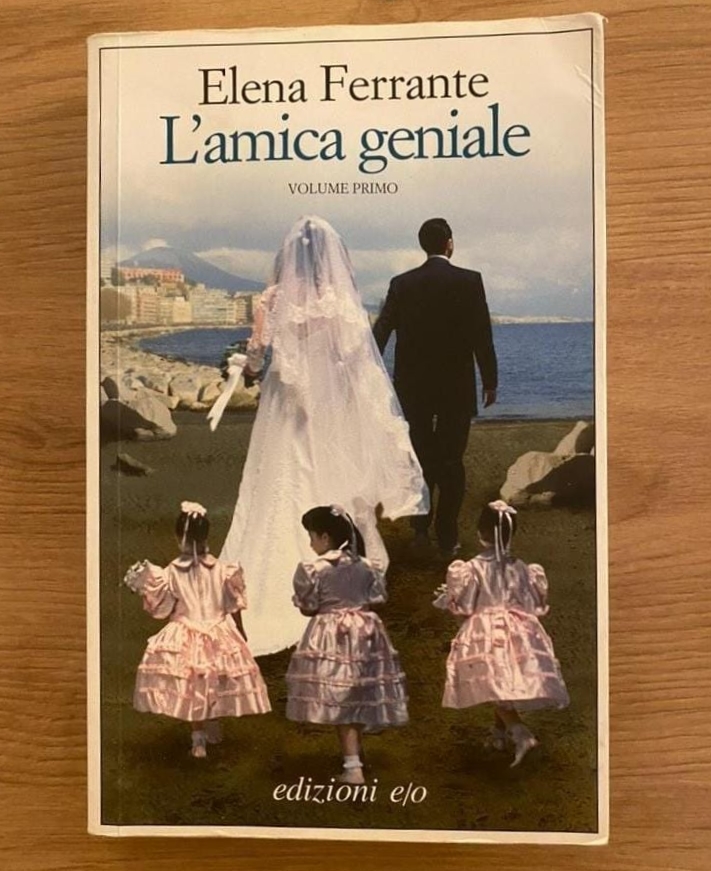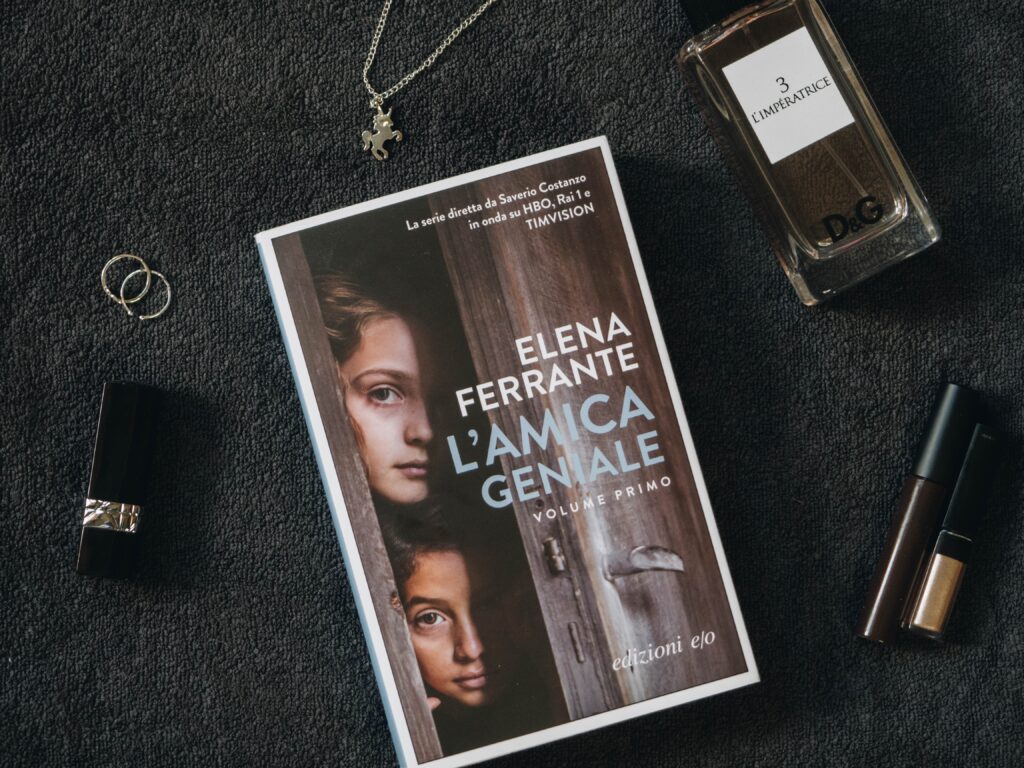
Written by Clara Vedovelli, graduated in Language Education from the Ca' Foscari University of Venice. She received her bachelor's degree from the University of Bologna in foreign languages and literatures. During her masters, she collaborated with the Ca' Foscari School for International Education and she interned at the Pedagogical University of Cracow as a tutor of Italian. Clara is aspiring to gain hands-on experience in a professional environment outside the classroom, and she is focusing on creating active engagement on the ILF's social media platforms. Being born in the Italian Alps, Clara enjoys hiking and spending time in nature.
“My Brilliant Friend” (in Italian: “L’amica geniale”) is an Italian-American TV series created by Saverio Costanzo based on Elena Ferrante’s “Neapolitan Novels” saga. The “Neapolitan Novels” are a 4-book series published in the U.S by Europa Editions. The series includes My Brilliant Friend (2012), The Story of a New Name (2013), Those Who Leave and Those Who Stay (2014), and The Story of the Lost Child (2015).
The third TV series based on the third novel will be broadcast on HBO soon this year. If you love Italian culture and you want to get an insight about post Second World War Italy, here is why you should binge-watch the first two seasons right away.

Elena and Lila are two young girls born and raised in an impoverished neighborhood in the outskirts of 1950s Naples. Elena (also called Lenù) is at first scared of Lila’s stubbornness, boldness and bravery, but after a bumpy start the two girls pick up a tumultuous friendship that will last through their teenage years. The two friends couldn’t be any more different: on the one hand, Elena is sensitive and submissive, on the other hand, Lila is rebellious, passionate and mysterious. Their friendship is challenged by the untenable hardships of life, crimes, resentments and differing circumstances.
The action takes place in the streets of the old rione, all the flats are based around the courtyard, which also hosts family dramas, criminal acts and working-class struggles. The whole community takes part in the plot going through the same life experiences and difficulties, which perfectly portrays the hard times that Italians had to go through after WWII. The whole representation of their life is pretty accurate, including the language.
Watch the TV series in Italian if you want to listen to true Neapolitan (and some Italian), and get a truthful insight of real-life conversations in those days. It wasn’t until the late 50s and early 60s that Italians learnt Italian, and even today in some remote areas or villages, the elderly still speak dialect. Not surprisingly, “My Brilliant Friends”was first released with Italian subtitles, so that everyone in Italy could understand.
The TV series touches upon relevant issues that affected further development of the characters and, overall, of the 1950’s Italian generation. Topics such as education, emancipation, female friendships, power relationships among families, mafia, violence and man-women relationship play a major role in the plot of the TV series. Such controversial topics merge together and form the background to the characters’ ventures.
In Ferrante’s book, the narration flows smoothly and it weaves seamlessly in and out of memories and the TV series does justice to the books creating the perfect visual representation of Naples in the 50s.

Adapting famous novels for the screen is risky, but “My Brilliant Friend” is a gripping and absorbing TV series that the audience will love for its rawness and audacity. Being Elena Ferrante (a pseudonym chosen by the author) one of the screenwriters, it is no wonder that the TV show reflects the authenticity of the book and its slow-paced and emotional atmosphere.
